-
Posts
176 -
Joined
-
Last visited
Content Type
Forums
Detector Prospector Home
Detector Database
Downloads
Posts posted by BigSkyGuy
-
-
Looks very similar to my plot Lync. Good to have it confirmed using a different set of items and different detectors. Have you tried plotting the line to your results using the equation that I provided?
-
-
4 minutes ago, strick said:
Thanks for the graph..I used to think the numbers were just doubled for the M-Core say a 15 on the 800 would be a 30 on the m-core but looks like the split starts to happen at around 20 and 10 lines for both machines...I wonder if this divergence was intentional (by the engineers) or is this just the way the physics works out?
Strick,
My interpretation of the graph is that the numbers were expanded in the middle of the range, but not so much on the high and low ends. It you approximate a straight line through the highest three points, the slope looks to be less than 1, meaning that the Equinox actually has slightly more resolution in this area (i.e. more numbers between a US quarter and a silver dollar). Near the middle of the curve, the slope is much higher than 1, indicating that the MC has an expanded range in this area. I think in this area you are correct, that the numbers are approximately doubled (e.g. for a nickel this is true, 12-13 for EQI vs 26-27 for the MC).
I would guess that this was intentional. There is no real benefit from expanding the range between a quarter and a dollar, but some possible benefit in the middle of the range where pull tabs and gold jewelry are present (but this is debatable of course).
-
 2
2
-
 1
1
-
-
7 hours ago, GB_Amateur said:
You must have a sophisticated piece of software (maybe it's your brain?) to come up with that fit curve.
No, unfortunately my brain is not that powerful. I used the R statistical program to fit a sigmoidal curve using a least squares regression. I use R for work, so I had everything handy.
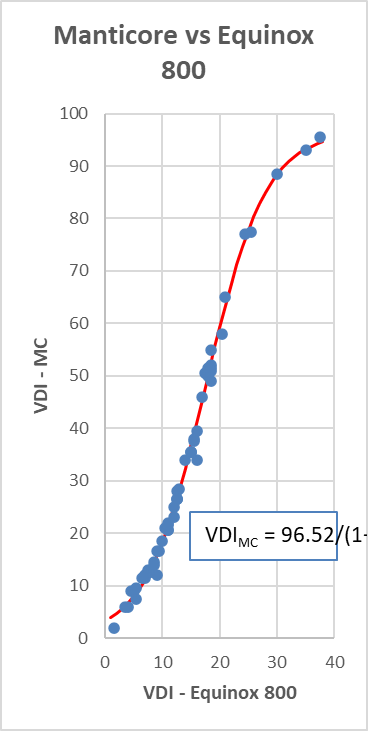
-
 1
1
-
 1
1
-
-
-
4 hours ago, phrunt said:
That's why I think someone with an earlier model GPX could team it up with an Algoforce and have a great team of detectors, they complement each other perfectly and to top it off share coils. Where one is weak the other excels, such as the pricky gold, the tiny gold and the Algo, or the really good EMI handling with mono coils it has, it leaves the old GPX for dead there. A cheap boost for an early model GPX owner. Then the GPX will find the bigger solid gold deeper, so they pair very well.
Exactly why I am interested. I have a 5000 with lots of coils and no desire to drop several thousand for a ML PI gold detector.
-
 6
6
-
-
34 minutes ago, schoolofhardNox said:
We can account for the higher readings but the low one must mean that copper or silver was leached out without the manganese loosing much.
The low one was due to too much manganese being added at the mint.
-
 1
1
-
-
On 2/18/2024 at 6:04 PM, schoolofhardNox said:
is it a leaching issue or is it an out of spec issue or is there something in addition to those, like our machines are so much more capable of analyzing the coins, or all of the above?
Based on my tests it appears to be a leaching issue. I tested over 2,000 non-dug war nickels and only found three out of spec. @JCR has found several War Nickels that read high, but I suspect that he has not recovered thousands of them that read in spec. Also of interest, is that one of the three out of spec coins that I identified read low. I have not heard of anyone finding one the reads low. As GB mentioned the manganese was added to decrease the overall conductivity of the coin so that it matched the standard 75% copper/25% nickel coin. Under mildly oxidizing conditions, manganese metal oxidizes to a very soluble ion (Mn+2), unlike copper which forms a relatively insoluble oxide coating on the metal. Therefore, the manganese leaches from the coin, increasing the conductivity.
-
 4
4
-
-
Thanks GB. The winters are long and cold in Montana, so I have to keep myself busy!
-
 1
1
-
-
Last winter I had the opportunity to test 2,008 non-dug War Nickels that I borrowed from a coin dealer friend. Out of 2008, 3 were out of spec (0.15%), which he let me keep. Two biased high and one low as shown in the pic. The numbers refer to VDI on the Manticore, AT-G mode. The mint was very careful to match the weight and conductivity of the standard 75% copper/25% nickel coin so that they could be used in vending machines. Having a rate of 0.15% out of spec coins seems very good, given the difficulty in alloying manganese with the other metals. The rate of dug nickels which read anomolously high is well above the 0.15% rate coming from the mint, so the manganese leaching theory seems plausible.
-
 3
3
-
-
Counterfeit 2 reales were very common during Colonial times. In fact several articles have been written on the subject. Two from Circulating Counterfeits of the Americas EDITED BY John M. Kleeberg in the Coinage of the Americas Conference at the American Numismatic Society, New York November 7, 1998 are:
JOHN M. KLEEBERG. Counterfeit 2 Reales of the Bust Type: Charles III, Charles IV, Ferdinand VII, 1771-1821 A Survey and Die Study 137
JOHN P. LORENZO The Counterfeit Spanish Two Reales: Canadian Blacksmiths or North American Tokens 193
These are available online at Archive.org
-
 2
2
-
-
10 hours ago, phrunt said:
Another little bit of information that may be of interest, it is looking like you can use the mineralization bars on the screen as a form of Iron probability meter, when going over an iron junk target, they rise right up like it needs ground balanced, pass over the target they drop back down. I tested this quite a bit today, every bit of iron I knew was iron before recovering it by using this method. I need to experiment with this more and see, and do some iron air tests.
Phrunt,
Does this mean that you do not see the bars increase for non-ferrous targets? Less increase for non-ferrous?
Thank you!
-
Just curious if anyone has purchased anything from the DetechDetect.com website and if so, what your experience has been? Are there any issues with customs fees coming into the US? Some of the prices on Detech coils are quite low (i.e. 199 Euros for a 15" DD Spiral, which works out to about $214 USD).
The company associated with this website is Asheras Ltd in Silistra Bulgaria. Perhaps they are a Detech distributor which allows them to sell at lower prices? The Detech USA website has been down since the outbreak of COVID.
Thank you!
-
-
Doc's GPX 5000 lower shafts measure 19mm in diameter.
-
Quote50 minutes ago, Jeff McClendon said:
here is the most recent Australian report:
Based on the testing shown in the link, the E1500 with NF 12" EVO in Fine Gold will hit a 20c Aussie coin at 290mm (~11.4 inches). A 20c AUD coin weighs about the same as a US half dollar (~11 grams). This should be improved in Normal or Large Gold timing.
-
 1
1
-
-
On the first Equinox 700 that I bought dimes and quarters read as iron. I sent it back and ML sent me a new one.
-
 1
1
-
-
13 hours ago, jasong said:
I agree. I posted something similar with regards to how this discrim must be working earlier in the thread.
Oops. I guess I should have read all of the posts more carefully!
-
I think I understand what the conductivity meter is, based on one of Steve's comments regarding GBPIs. Because PIs are time domain, that is the only information the E1500 has to go on (as far as I know). So what I think the number is dervived from is the return time of the pulse. Short returns = low numbers and long returns = high numbers. Because the return time roughly correlates with conductivity, it is referred to as a conductivity scale. The question is, how much overlap is there between nails/small iron and low conductivity targets and large iron and high conductivity targets? I suspect alot. I see the conductivity meter as potentially more useful for the coin hunter than the relic or nugget hunter. The reason being, a specific coin may have a distinct conductivity number that can be targeted. For instance one could dig the numbers corresponding to dimes and quarters while digging any iron that happens to fall in the same conductivity region. I think this would be harder to do for nuggets and relics due to the large range of possible conductivities.
Another tell, may be in the pinpointing, as stated in the manual:
The target id is also useful for assessing shape. If the target ID fluctuates significantly when the coil is moved slightly off but still above the target, it likely indicates an irregularly shaped target, such as a bottle cap or nail with a large head.
If the E1500 has audio nuances (such as double beeps for iron) maybe some additional iron can be eliminated as well. Without knowing how many pulses per second (pps) the E1500 puts out it is hard to predict how much audio information we will get. My SeaHunter Mark 2 has 750 pps and has very little audio information to my ear, while the Impulse AQ has in the thousands (I don't remember the exact number) and double beeps on some iron. If the battery size is any indication, then maybe the E1500 will be closer to the SeaHunter than to the AQ in terms of pps. Time will tell.
Another thought regarding the GBPI with dual tones and the E1500 is the possibility that different programs will give different numbers on a given target. If so, one could potentially check a signal in two different programs to get a better idea of ferrous vs non-ferrous. If the conductivity is normalized between programs, like phase-based TIDs are, then this would not be possible.
-
 2
2
-
-
On 1/24/2024 at 9:48 AM, Redneck said:
Ol calabash was using a manti with an M-8 coil, and was amazed with the results he had at one of his iron infested sites.
Did he buy another, or using a borrowed unit? I don't ever take what he says as gospel, but he's entertaining.
My comment was based on a video he made titled "Why I am Selling the Manticore" or something like that. Maybe he didn't go through with it.
-
Calabash is the only one that I know of.
-
Hey Geroge, what kind of coin is the tiny one that is smaller than a trime?
-
 1
1
-
-
Also keep in mind that a target trace that falls in the lower left quadrant (below the horizontal line) on the boundary between the greyed out rejected iron and the accepted region is usually a good target. For some reason, deep low conductors tend to fall on the boundary line no matter where the lower ferrous limits are set.
-
 3
3
-
-
6 hours ago, phrunt said:
Something to keep in mind, electronics have operating temperature ranges, and may not work well outside of the range, even possibly causing damage mostly to the battery or even possibly the screen.
For the Manticore for example. Operating Temperature Range –10°C to +40°C (+14°F to +104°F), check your detector manual for the range suitable for it but they'll all be pretty similar, especially if running the same battery.
I cracked a Gold Monster coil using it in subzero temperatures, I think the coil plastic was more brittle and when it bumped a rock it cracked.
Your snow idea sounds reasonable to me, when they clear the ski area carparks where everyone jumps out of their car and gets their gear out has proven good for me, they pile the snow up at the edges of the car parks, all sorts of finds in that snow from phones to wallets.
Back in the day, I tried to use my White's V3i when it was just above freezing and the LCD screen turned into jibberish. Not recommended.
-
 1
1
-


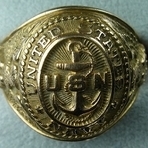
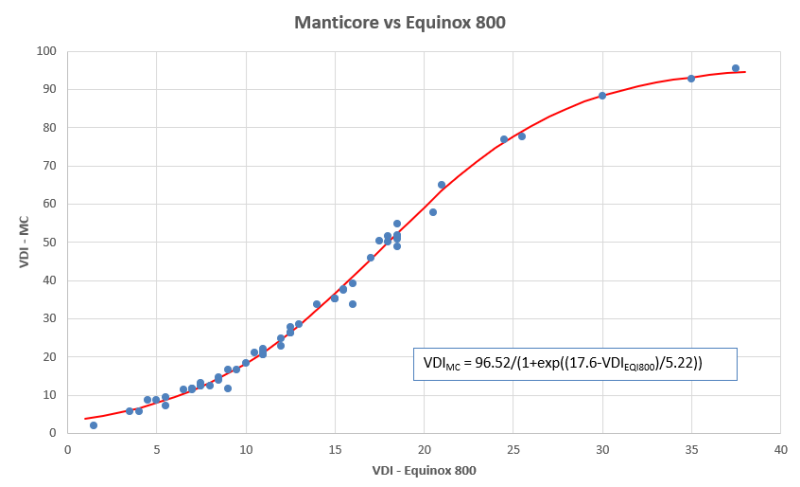
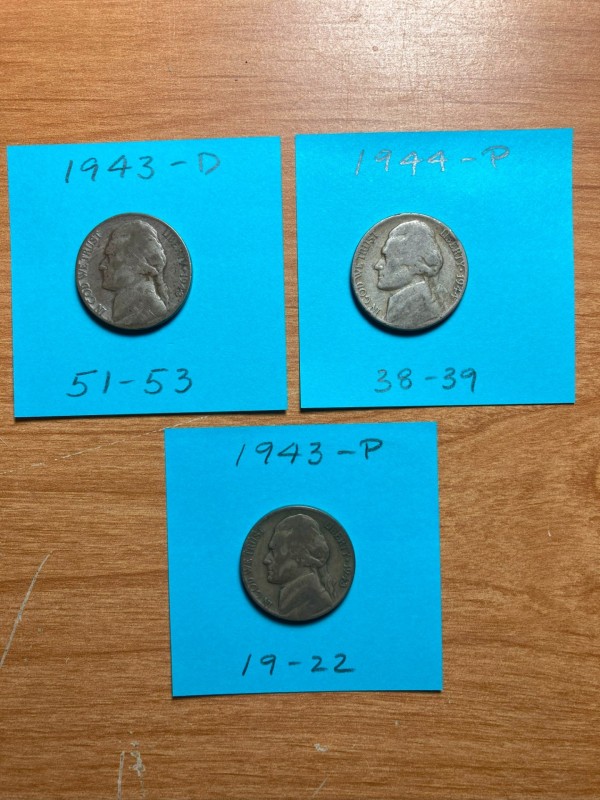
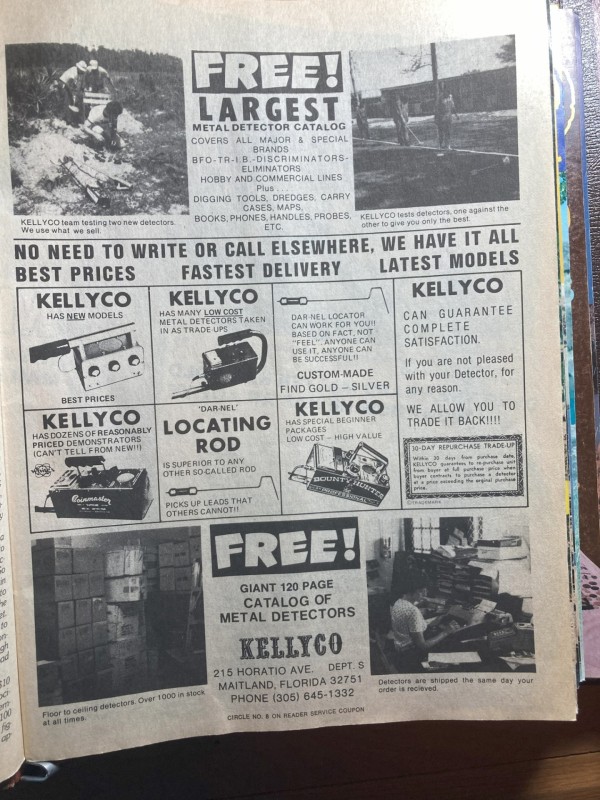
Any Peeps On Here Who Regret Purchasing The Mighty Manticore?
in Minelab Manticore Forum
Posted
No regrets here! I have found silver in parks which have been pounded by the 800 and other machines. One thing that I noticed was, when I first got the Equinox I got signals that were obvious "dig me" signals that turned out to be silver. On the Manticore the remaining signals have been more iffy but I was still able to squeeze out a few more finds from the same places. Yes, I have dug a bit more iron, but it has been worth it for me.
I just tried the M8 a couple of days ago and was generally pleased. Nice and light, great separation. As others have mentioned, it does up-average more than the M11. I got a solid signal in the 90s that turned out to be a wheat at 6 inches. As long as you recognize this, I guess it does not matter too much.
The target trace is useful, but I must admit that I do not feel like I have mastered it yet. More information is always better in my book. As far a the Deus 2, I have not tried it, but the stuck pig squeals that come out of the XP machines have never appealed to me. Just my opinion of course.